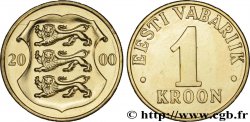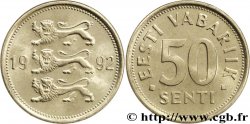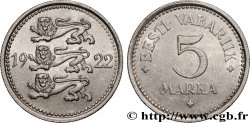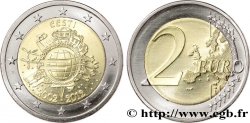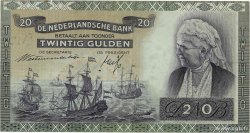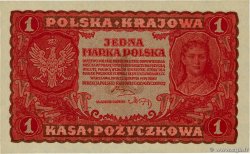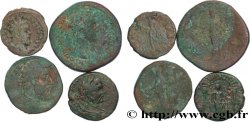E-auction 639-643043 - feu_1036794 - ESTONIA 2 Euro PEUPLES FINNO-OUGRIENS 2021
You must signin and be an approved bidder to bid, LOGIN TO BID. Accounts are subject to approval and the approval process takes place within 48 hours. Do not wait until the day a sale closes to register. Clicking on « bid » constitutes acceptance of the terms of use of cgb.fr private e-auctions.
Bids must be placed in whole Euro amounts only. The sale will start closing at the time stated on the item description; any bids received at the site after the closing time will not be executed. Transmission times may vary and bids could be rejected if you wait until the last second. For further information ckeck the E-auctions F.A.Q.
NO BUYER'S FEE.
NO BUYER'S FEE.
| Estimate : | 4 € |
| Price : | 8 € |
| Maximum bid : | 8 € |
| End of the sale : | 14 July 2025 19:35:20 |
| bidders : | 5 bidders |
Type : 2 Euro PEUPLES FINNO-OUGRIENS
Date: 2021
Quantity minted : 1.000.000
Metal : copper nickel
Diameter : 25,75 mm
Orientation dies : 12 h.
Weight : 8,50 g.
Edge : inscription “EESTI” deux fois vers le haut et vers le bas
Catalogue references :
€-
Obverse
Obverse legend : EESTI 2021 / FENNO - UGRIA.
Obverse description : Roche d’ônisj’rv, qui elle-même représente le chasseur, le wapiti, l’oiseau aquatique et le soleil. Ces éléments symbolisent le style de vie des Finno-ougriens. La forme centrale est un oiseau aquatique, et l'inscription "Fenno-Ugria" caractérise un peuple estonien. Les dessins de roche de l’UNESCO sont présentées sur la pièce.
Reverse
Commentary
Pièce de 2 euros commémorative Estonie 2021 commémorant les Peuples Finno-Ougrien.
Les quatre plus grands peuples finno-ougriens sont les Hongrois (14 800 000), les Finnois (6 000 000–7 000 000), les Mordves (850 000) et les Estoniens (1 100 000). Trois d'entre eux (les Hongrois, les Finnois, et les Estoniens) ont leur propre État indépendant (la Hongrie, la Finlande et l'Estonie). L'aire traditionnelle des Sámis indigènes (appelée Sápmi) est la Fenno-Scandinavie du nord et la péninsule de Kola au nord-ouest de la Russie.
2 euro commemorative coin Estonia 2021 commemorating the Finno-Ugric Peoples. The four largest Finno-Ugric peoples are the Hungarians (14,800,000), the Finns (6,000,000–7,000,000), the Mordvins (850,000), and the Estonians (1,100,000). Three of them (the Hungarians, Finns, and Estonians) have their own independent states (Hungary, Finland, and Estonia). The traditional area of the indigenous Sámi (called Sápmi) is northern Fenno-Scandinavia and the Kola Peninsula in northwest Russia.
Les quatre plus grands peuples finno-ougriens sont les Hongrois (14 800 000), les Finnois (6 000 000–7 000 000), les Mordves (850 000) et les Estoniens (1 100 000). Trois d'entre eux (les Hongrois, les Finnois, et les Estoniens) ont leur propre État indépendant (la Hongrie, la Finlande et l'Estonie). L'aire traditionnelle des Sámis indigènes (appelée Sápmi) est la Fenno-Scandinavie du nord et la péninsule de Kola au nord-ouest de la Russie.
2 euro commemorative coin Estonia 2021 commemorating the Finno-Ugric Peoples. The four largest Finno-Ugric peoples are the Hungarians (14,800,000), the Finns (6,000,000–7,000,000), the Mordvins (850,000), and the Estonians (1,100,000). Three of them (the Hungarians, Finns, and Estonians) have their own independent states (Hungary, Finland, and Estonia). The traditional area of the indigenous Sámi (called Sápmi) is northern Fenno-Scandinavia and the Kola Peninsula in northwest Russia.







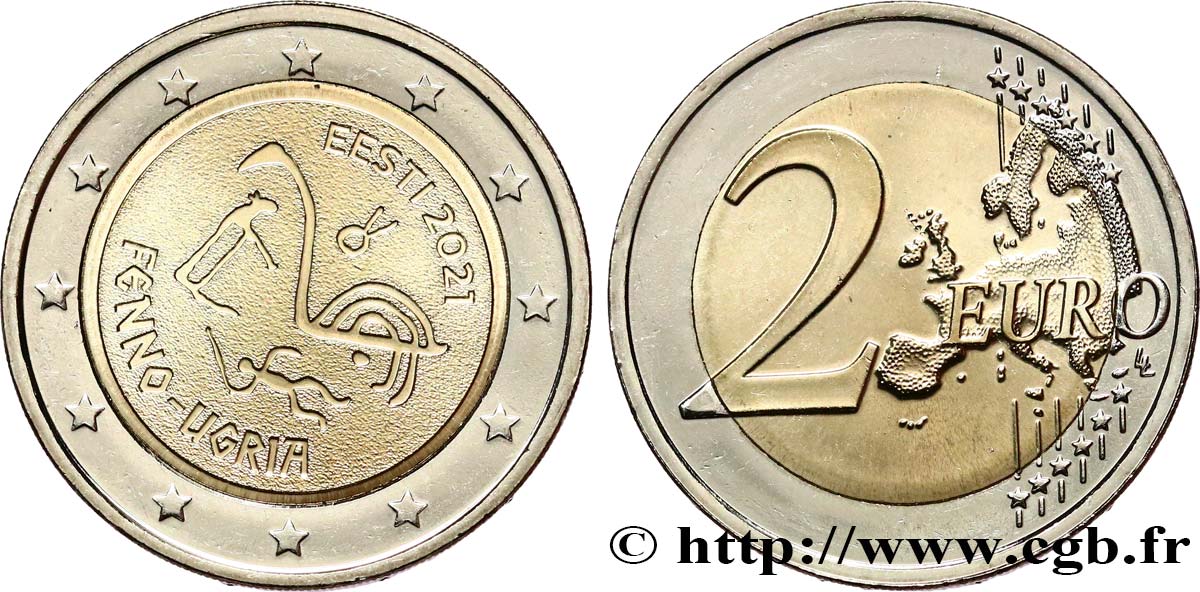
 Report a mistake
Report a mistake Print the page
Print the page Share my selection
Share my selection Ask a question
Ask a question Consign / sell
Consign / sell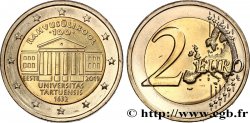
 Full data
Full data